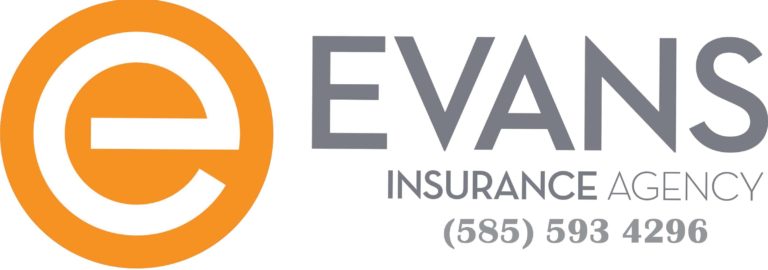By Bob Confer
As part of the New York State budget that was approved in April, the Legislature and Governor Kathy Hochul did a good thing by making law the EMS Cost Recovery Act. This allows volunteer fire companies to recover costs for Emergency Medical Services (EMS) that they provide. Now they can bill patients, insurance companies, Medicare, and Medicaid for ambulance services, just as stand-alone ambulance companies have been able to do for quite some time.
It’s a welcome change because nearly half of all ambulance services in New York are provided by fire departments and running those EMS operations isn’t a cheap task. Volunteer fire companies have to pay for the ambulances, maintenance, facilities, medical supplies, training, fuel, liability insurance, and, at a growing number of fire companies, a nominal payment to responding volunteers. You’re talking tens of thousands of dollars annually for a rural EMS provider, hundreds of thousands for a larger suburban operation.
Without having been able to previously recover those costs, which officials estimate to be $100 million annually statewide, fire companies had been left with two options: holding fundraisers (“the 3 Bs”: bingo, barbeques, and boot drives) or passing the costs onto taxpayers (a quick look at your municipal budget will show a service fee provided to fire/EMS companies). Now, because of the Act, volunteers, who have only enough time to give, can focus on what they joined the department for (saving lives, not handing our bingo cards) and their agencies can negotiate lower income streams from towns and villages (which mean lower property taxes).
But, this being New York, not all is perfect with the law. Despite its ability to improve the fortunes for countless fire companies, the EMS Cost Recovery Act has one glaring weakness that could harm the budgets of others.
Subdivision 4 of section 209-b paragraph c of the general municipal law was amended to say, “an emergency and general ambulance service, including emergency medical service…which does not issue a bill for its services and which requests an Advanced Life Support (ALS) intercept from another ambulance service furnishing service in an area…shall pay the ambulance service providing the ALS intercept an ALS Rural Intercept Fee at rates negotiated between the providers of such services. In the absence of any agreed upon rates, the service receiving such ALS intercept shall pay the service providing the ALS intercept for such services at the usual and customary charge…”
Basically, if a non-billing EMS provider finds itself in a bind, either because of staffing or the scale of the event to which they are responding, and need assistance from a neighboring fire/EMS service for advanced care, the law dictates that the assisting company cannot bill the patient or the insurer. Instead, they must bill the organization that they are providing the intercept for.
For a fire company with a tight budget, that could be a killer.
That might cause you the reader to then ask, as a means to overcome that blemish in the law, “why wouldn’t all fire companies opt-in to billing their patients now that it’s possible?”
It’s not that easy. Non-billing fire companies will continue to exist because their boards and volunteers know that it is the right thing for their communities.
A perfect example is A.E. Crandall Hook and Ladder, a volunteer fire company based in Alfred. They won’t be billing their patients because they know their Allegany County constituency well and understand billing for an ambulance ride would exert economic pain. For example, they serve college students at Alfred University and Alfred State College, young people who are trying to get through college with less debt and likely have a low-premium, high-deductible health insurance plan, which means they, not the insurer, would have to foot the bill.
Because of their good intentions, A.E. Crandall could be hurt considerably by the flaw in the law. Even with having 17 EMTs on their squad, there are 1 to 3 times each year (of their 400 total ambulance calls) when they have to rely on ALS intercepts. If they were billed for 3 occurrences, that could account for $4,500, which is 5% of the income they receive from donors, the village, the towns, and the two colleges. In this era of inflation, $4,500 can stem some of the increased costs the company faces on a daily basis. They cannot afford to be without that money.
This issue with the otherwise exceptional EMS Cost Recovery Act needs immediate action by the Governor’s office. The offending paragraph in municipal law should be amended to allow ALS interceptors to bill patients directly. If the State doesn’t fix that, some rural fire companies like Alfred’s will be penalized just because they choose to remain non-billing to be just and fair to the communities they serve.
Let’s not hurt those who help us when we’re hurt.







